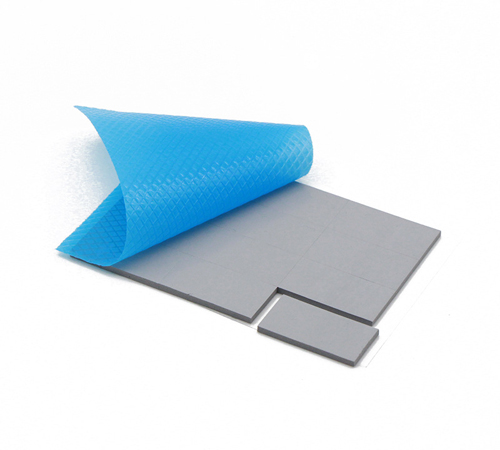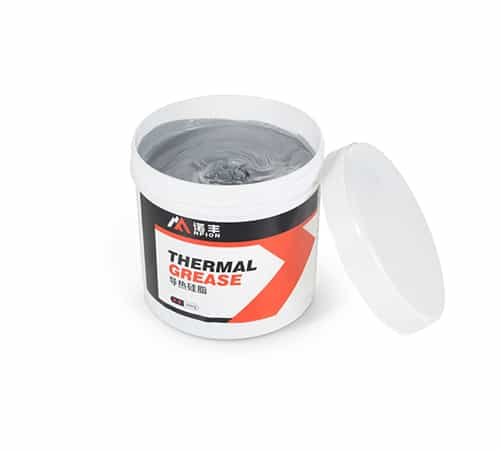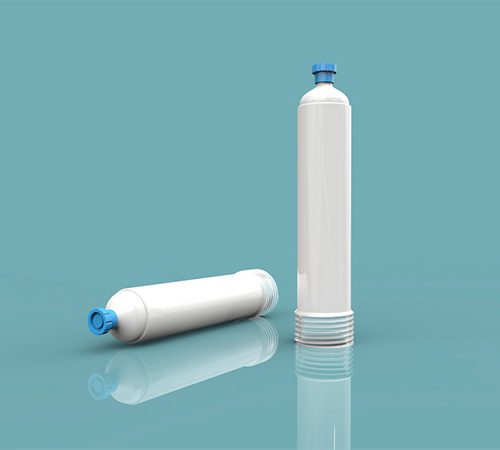Thermal management is a critical consideration in the design and operation of electronic devices. As electronic components continue to shrink in size while increasing in power density, the need for efficient heat dissipation becomes paramount. Thermal gap fillers play a crucial role in this context, serving as materials designed to enhance the thermal interface between components. This article provides an in-depth exploration of thermal gap fillers, covering their definition, types, applications, and importance in modern electronics.

What is a Thermal Gap Filler?
A thermal gap filler is a type of thermal interface material (TIM) used to bridge the thermal gaps between heat-generating components (such as microprocessors, LEDs, or power transistors) and heat-dissipating elements (like heat sinks, heat spreaders, or housings). These materials are typically soft, conformable, and thermally conductive, allowing them to fill air gaps that naturally occur due to surface irregularities or manufacturing tolerances. By displacing air—which is a poor thermal conductor—thermal gap fillers reduce thermal resistance, thereby improving the efficiency of heat transfer.
Types of Thermal Gap Fillers
Thermal gap fillers come in various forms, each suited for specific applications and thermal requirements:
1. Silicone-Based Gap Fillers: These are the most common type, known for their flexibility, wide operating temperature range, and good thermal conductivity. Silicone-based gap fillers are often used in consumer electronics, automotive, and industrial applications due to their durability and resistance to environmental factors.
2. Non-Silicone Gap Fillers: These materials are designed for applications where silicone is undesirable, such as in certain aerospace or optical devices where silicone outgassing might be a concern. Non-silicone gap fillers can be made from materials like urethane or acrylic.
3. Phase Change Materials (PCMs): PCMs are a specialized type of thermal gap filler that change from a solid to a liquid at a specific temperature. This phase change allows the material to flow and fill gaps more effectively, thus improving thermal contact as the device heats up. PCMs are often used in high-performance computing and power electronics.
4. Grease and Paste: While not traditional "gap fillers" in the solid sense, thermal grease and paste are used to fill microscopic gaps between surfaces. These materials are typically used in applications where very thin layers of TIM are required.
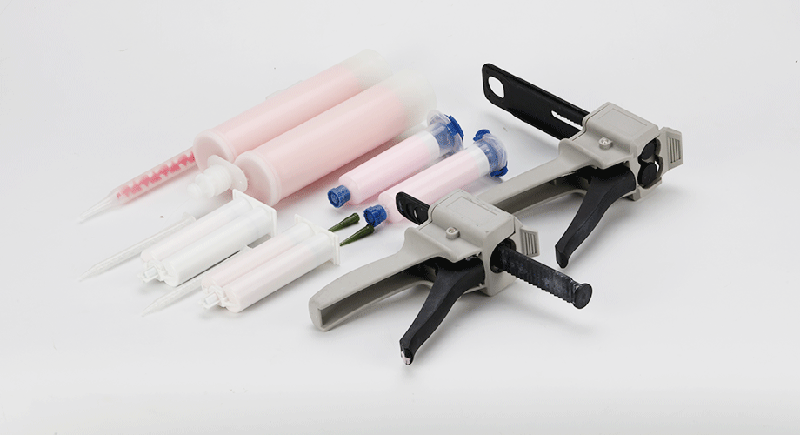
Applications of Thermal Gap Fillers
Thermal gap fillers are used across a wide range of industries, including:
- Consumer Electronics: In smartphones, tablets, and laptops, thermal gap fillers help manage the heat generated by CPUs, GPUs, and batteries, ensuring device performance and longevity.
- Automotive Industry: With the rise of electric vehicles (EVs) and advanced driver-assistance systems (ADAS), thermal management has become crucial in automotive design. Gap fillers are used to cool electronic control units (ECUs), battery packs, and power modules.
- Telecommunications: In base stations, data centers, and networking equipment, thermal gap fillers are used to maintain the reliability of high-performance components such as processors and power amplifiers.
- Medical Devices: In medical imaging equipment, diagnostic tools, and wearable devices, effective thermal management is essential to ensure accuracy and safety. Gap fillers are used to manage heat without compromising device functionality.
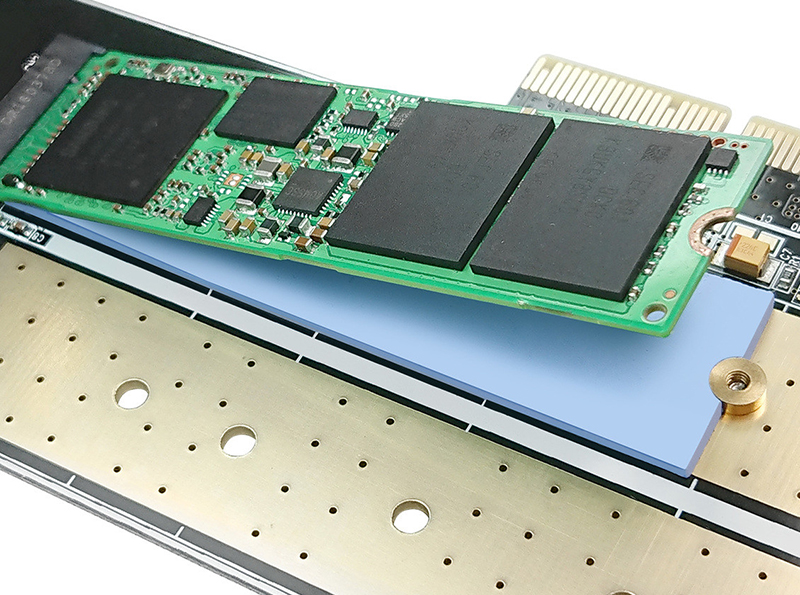
Importance of Thermal Gap Fillers
The importance of thermal gap fillers in modern electronics cannot be overstated. As electronic devices become more powerful, the thermal challenges they face increase correspondingly. Without proper thermal management, excessive heat can lead to component failure, reduced performance, and shorter device lifespans. Thermal gap fillers help mitigate these risks by enhancing heat dissipation, thereby ensuring that devices operate within safe temperature ranges.
Moreover, the trend towards miniaturization in electronics means that components are packed more densely, making efficient thermal interfaces even more critical. Thermal gap fillers not only improve thermal conductivity but also provide mechanical cushioning, reducing the risk of damage to delicate components due to thermal expansion and contraction.
Conclusion
In conclusion, thermal gap fillers are an essential component of modern electronic systems, playing a critical role in maintaining device performance and reliability. Whether used in consumer electronics, automotive applications, telecommunications, or medical devices, these materials help manage heat effectively, ensuring that electronic components operate within optimal temperature ranges. As technology continues to evolve, the demand for more efficient and specialized thermal gap fillers will only grow, making them a vital area of focus for engineers and designers alike.



 CN >
CN >
